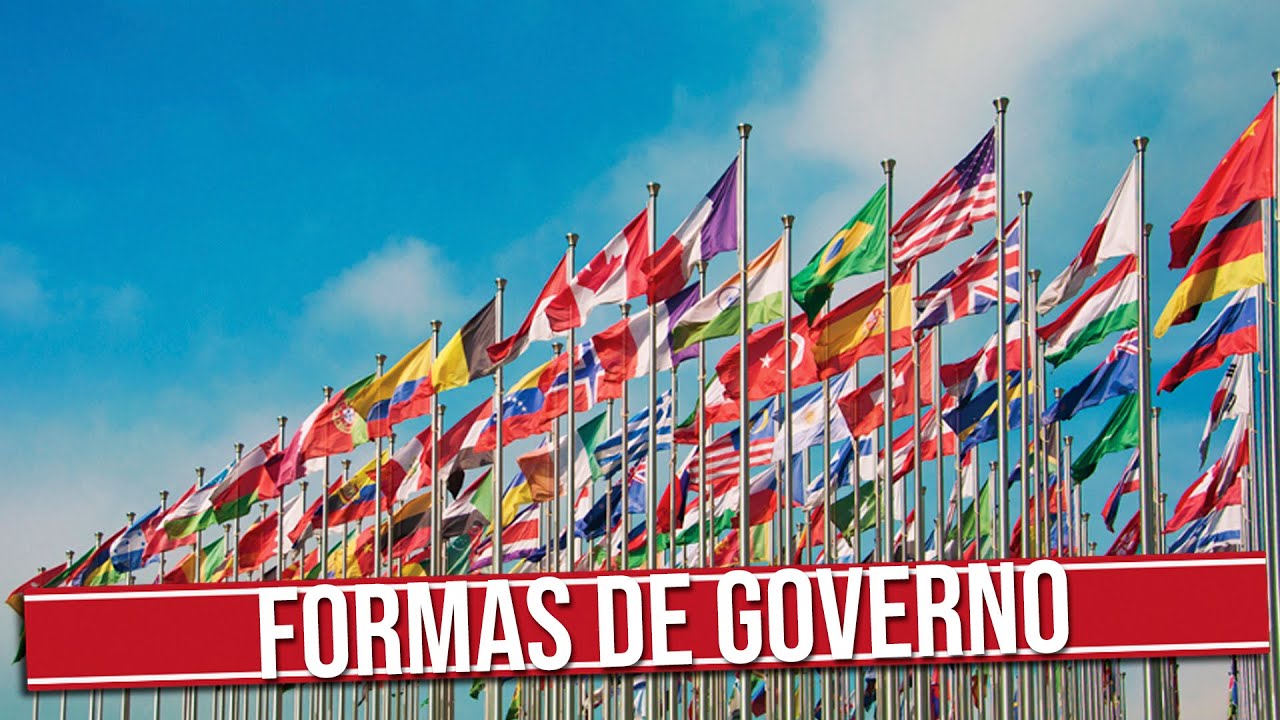Bentuk Negara, Bentuk Pemerintahan, dan Sistem Pemerintahan.
Summary
TLDRIn this video, Rica Angelina from the Faculty of Social Sciences at Universitas Negeri Padang explains the concepts of state forms, government types, and political systems. She outlines the distinctions between unitary and federal states, as well as various forms of governance including monarchy, oligarchy, and democracy. The video also details different governmental structures such as monarchies (absolute, constitutional, and parliamentary) and republics (absolute, constitutional, and parliamentary). Additionally, she covers four key systems of governance: presidential, parliamentary, semi-presidential, and communist, highlighting their unique characteristics and functions.
Takeaways
- 😀 A country can be categorized into two main forms: unitary state and federal state (or federation).
- 😀 A unitary state is a country that has a single central government governing all regions, with two systems: centralization and decentralization.
- 😀 A federal state is a union of smaller states or regions that delegate power to the central government, with a limitative transfer of powers.
- 😀 Countries can be categorized based on governance systems, such as monarchy, oligarchy, and democracy.
- 😀 A monarchy is a government led by a king or queen, which can be absolute, constitutional, or parliamentary.
- 😀 An oligarchy is a government led by a group of individuals or specific factions within society.
- 😀 Democracy is a form of government based on the sovereignty of the people.
- 😀 The forms of government can also be divided into monarchy and republic.
- 😀 A republic is governed by a president, and it can be absolute, constitutional, or parliamentary.
- 😀 Four major systems of governance include presidential, parliamentary, semi-presidential, and communist systems, with presidential systems offering a strong executive branch.
Q & A
What are the two main types of states according to modern theory?
-According to modern theory, the two main types of states are unitary states and federations (or federal states). A unitary state has a single central government, whereas a federation consists of several smaller states or regions with shared power.
How are unitary states categorized in terms of governance?
-Unitary states can be categorized into two systems of governance: centralization, where the central government holds most of the power, and decentralization, where local governments have more autonomy.
What distinguishes a federation from a unitary state?
-A federation is a state formed by the union of multiple constituent states or regions, which retain some level of autonomy. Unlike a unitary state, a federation involves the delegation of certain powers from the smaller states to a central government.
What are the three forms of government based on the mechanisms of power?
-The three forms of government based on the mechanisms of power are monarchy, oligarchy, and democracy. In a monarchy, power is held by a king or queen; in an oligarchy, power rests with a small group or elite; and in a democracy, power is vested in the people.
How is monarchy classified in the context of governance?
-Monarchy is classified into three types: absolute monarchy, where the monarch holds absolute power; constitutional monarchy, where the monarch's powers are defined and limited by law; and parliamentary monarchy, where the monarch's role is largely ceremonial and the government is run by elected officials.
What is oligarchy, and how does it function?
-Oligarchy is a form of government where power is concentrated in the hands of a small, elite group of individuals or families. These groups may represent specific social classes, political factions, or other influential interests.
What characterizes a democratic form of government?
-A democratic government is characterized by the principle of popular sovereignty, where power lies with the people. In a democracy, citizens participate in decision-making through voting and other forms of political engagement.
What are the two main types of governments in terms of the head of state?
-The two main types of government based on the head of state are monarchy and republic. In a monarchy, the head of state is a king or queen, while in a republic, the head of state is typically an elected president.
What are the three forms of republics mentioned in the script?
-The three forms of republics mentioned are absolute republics (also known as autocracies or authoritarian regimes), constitutional republics, and parliamentary republics, each differing in the distribution of power between the president and the legislature.
What are the four main types of government systems discussed?
-The four main types of government systems discussed are presidential systems, parliamentary systems, semi-presidential systems, and communist systems. Each system varies in the distribution of power between the executive, legislative, and other branches of government.
Outlines

This section is available to paid users only. Please upgrade to access this part.
Upgrade NowMindmap

This section is available to paid users only. Please upgrade to access this part.
Upgrade NowKeywords

This section is available to paid users only. Please upgrade to access this part.
Upgrade NowHighlights

This section is available to paid users only. Please upgrade to access this part.
Upgrade NowTranscripts

This section is available to paid users only. Please upgrade to access this part.
Upgrade Now5.0 / 5 (0 votes)





